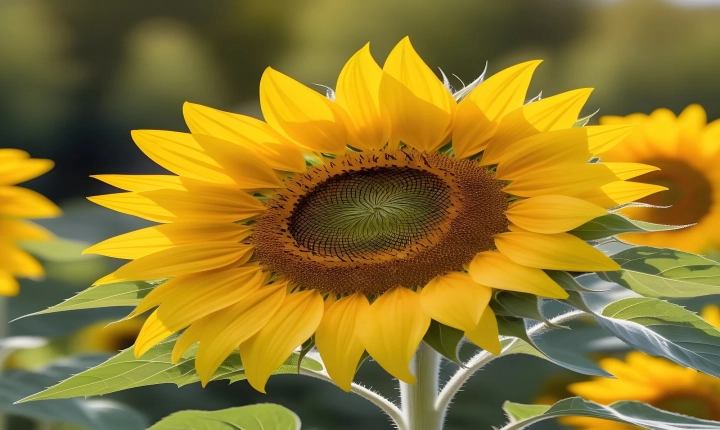Creating music AI covers has become increasingly popular as technology continues to advance. With the availability of powerful tools and algorithms, anyone can take their favorite song and transform it into something new and exciting. Whether you are a musician, a music enthusiast, or simply curious about the capabilities of AI, here are some tips on how to make music AI covers.
1. Choose the Right Software
The first step in creating music AI covers is to choose the right software. There are several AI-powered platforms and tools available, such as Amper Music, OpenAI’s Jukebox, and Magenta Studio by Google. These platforms offer various features like creating instrumental tracks, generating melodies, and even composing entire songs. Choosing the right software depends on your specific needs and the level of control you want over the creative process.
2. Selecting the Song
Once you have chosen your software, the next step is to select the song you want to cover. It could be a popular hit, a classic tune, or even a lesser-known track. The beauty of AI music covers is that you can experiment with different genres and styles to create a unique interpretation of the original song.
3. Input the Data
After selecting the song, you will need to input the data into the AI software. This can include the melody, chord progression, tempo, and other musical elements. Some platforms also allow you to input lyrics or vocal samples, which can be helpful for creating AI-generated vocals.
4. Experiment and Adjust
Once the initial data is inputted, it’s time to experiment and adjust. Many AI music platforms offer a range of customization options, allowing you to tweak the various parameters to get the desired sound. You can experiment with different instruments, arrangements, and effects to create a cover that is unique and personalized.
5. Refinement
Refinement is a crucial step in creating music AI covers. After generating the initial composition, you may need to refine and fine-tune the music to ensure that it sounds polished and coherent. This can involve editing the arrangement, adjusting the mix, and adding additional elements to enhance the overall sound.
6. Copyright Considerations
It’s important to consider copyright when creating music AI covers. While some platforms provide guidelines for using copyrighted material, it’s essential to understand the legal implications of creating AI covers. In some cases, you may need to obtain permission or pay royalties to the original song’s copyright holders.
7. Share and Enjoy
Once you are satisfied with your music AI cover, it’s time to share it with the world. You can upload it to streaming platforms, social media, or your personal website to showcase your creativity and musical talent.
In conclusion, creating music AI covers can be a fun and rewarding experience for anyone interested in music and technology. With the right tools and techniques, you can explore new creative possibilities and bring a fresh perspective to your favorite songs. Whether you’re a musician looking to experiment with new sounds or a music enthusiast keen on exploring AI-generated music, the process of making music AI covers offers a world of possibilities.
